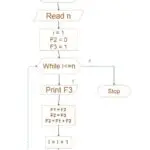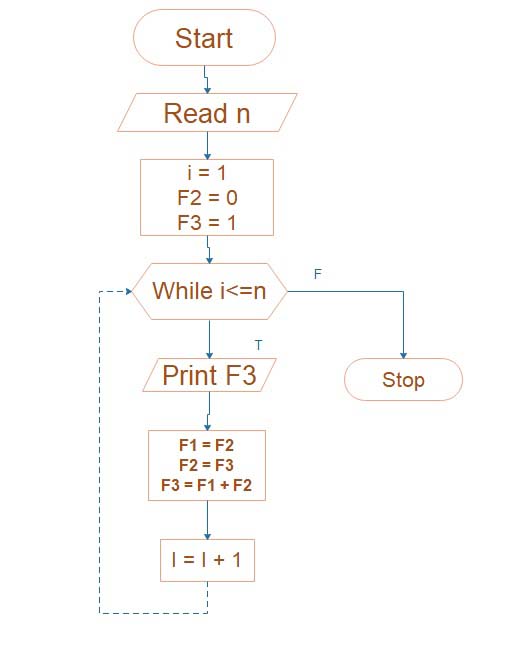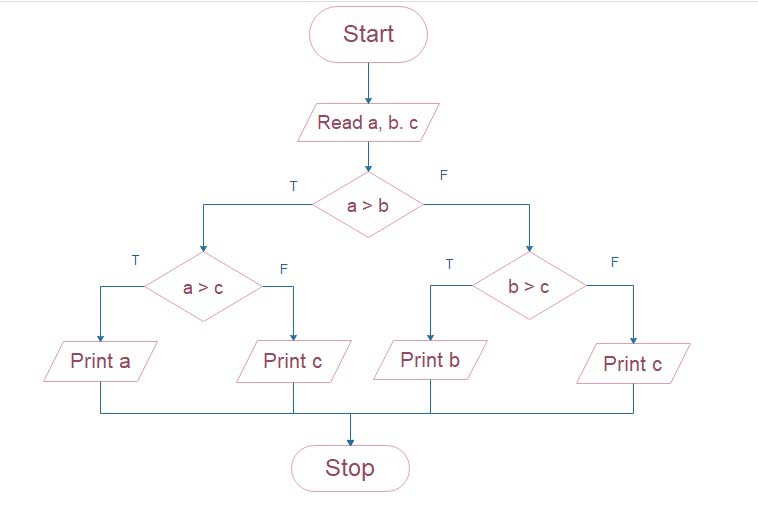Painting on New Woodwork
Painting
- The correct preparation of Woodwork on the surface plays an important role in preserving the properties and life of the paint.
- The process of painting new woodwork can be divided into the following different stages.
- Preparation of surface
- Knotting
- Priming
- Stopping
- Second or surface coats or undercoating
- Finishing coat

Preparation of surface
- It necessity be properly seasoned, clear, dry also free from dust
- The surface should be smoothened by rubbing it with fine-grade sandpaper or glass paper
- Should be free from grease
Knotting
- Knotting is the process of sealing the knots by suitable means so that the resin from the knots may not destroy the paint film by way of cracking, peeling or discolouration.
Priming
- This consists of applying a first coat or priming coat on the surface to fill the pores of the wood by penetrating the primer inside the wood.
- The main function of the priming coat or the primer is to serve as the foundation for the subsequent coats
- Function & the choice depends upon the material to be used & the hardness or condition of the wooden surface to be coated
Stopping
- Filling of holes, cracks, open joints, dents and other defects with putty
- This is done soon later the priming coat is dry.
- Before filling the putty, the primed surface is rubbed down with a pumice stone or glass paper
- Following the putty has dried the surface is once again rubbed including glass paper or pumice stone to level the same
- That should be painted to match every shade of the finished coat.
Second or surface coats or undercoating
- After stopping Second or surface coats or undercoating is applied.
Finishing coat
- After drying of Second or surface coats At last Finishing coat is applied on the surface
Painting iron & steel surfaces
- Restriction of rust is 1 of the important fundamentals of painting metal surfaces
- The mill scale or rust is removed by scraping or brushing with steel wire brushes
- Every oil, grease and dust may be removed by washing a single surface with petrol, benzene either lime water
- The clean surface is then given the priming coat which consists of an oxide of iron paints
- Two about more coats of desired paints are then implemented over the primed surface with a brush or through a spray
- Attention should be taken that each succeeding coat is applied only next the previous coat has dried completely
Varnish
- It is used to indicate the solution of resins or resinous substances prepared either in alcohol, oil or turpentine.
Ingredients
- Resins
- Driers
- Solvents
Objective
- It brightens the appearance of the grains in the wood
- It protects the unpainted wooden surfaces of doors windows, roof trusses, floors, etc
Characteristics of ideal varnish
- It should improve the surface shining
- This should dry rapidly and act as a finished surface that is uniform in nature and pleasant in appearance
- The colour of varnish should not fade away when the surface is exposed to atmospheric actions.
- This protecting film developed with varnish should be tough hard and durable
- It should not shrink and show cracks after drying
Whitewashing
- Whitewash is produced from pure big lime white stone lime practically shell lime.
- The unslaked lime is dissolved in a tube with a sufficient quantity of water, and it is thoroughly mixed with a wooden pole until it attains the
consistency of thin cream. - As a rough guide, about 5 litres of water should be added to each kg. of lime for making the cream.
- This mixture is allowed to stand in the tube for about 24 hours and then strained through a clean coarse cloth
- So that the coat of whitewash may stick well to the surface, alum or common salt is taken in the same proportion as gum is also added.
Preparation of surface
- Before applying whitewash on new walls, the wall surface is thoroughly cleaned, brushed and rendered free from mortar droppings and other foreign-matter
- If the surface to be coated is sufficiently smooth, it should be rubbed with sandpaper to ensure proper adhesion of whitewash.
- In case of re-white washing on the old surface, all loose pieces and scales should be scrapped off
- The old loose whitewash is removed by rubbing with sandpaper and the holes in the wall are filled with lime putty
- The plaster repairs to the wall should be done well in advance so that they are dry before whitewashing
Application of White-wash
- Whitewash may be applied in a specified number of coats until the surface presents a smooth and uniform finish.
- Three coats are considered necessary for new work and one or two coats for old work
- Individually coat consists of a stroke of the brush used from the top downwards another stroke applied from the behind upwards over the first stroke similarly, one stroke is applied horizontally from the right and another from the left
- Each coat should be allowed to dry before the next one is applied
- Some finished dry surfaces should negatively show any signs of cracking oppositely peeling
Colour Washing
- Colour wash is prepared by combining mineral colours which are not changed by lime of desired shade to single prepared white-wash
- Specific colour wash is used in the same manner as white-wash
- Some mixture is kept continually stirred with a bamboo stick while it is being used.
- Only colour wash, sufficient for the day’s work, should be prepared at a time
- Before the application of the colour wash on new surfaces, a coat of whitewash is applied which acts as a priming coat
- In the case of an old prepared surface, a coat of whitewash is applied over the patched and repair work before the start of colour washing
- Two or more coats of colour wash are then applied on the entire surface until it presents a uniform & smooth surface













